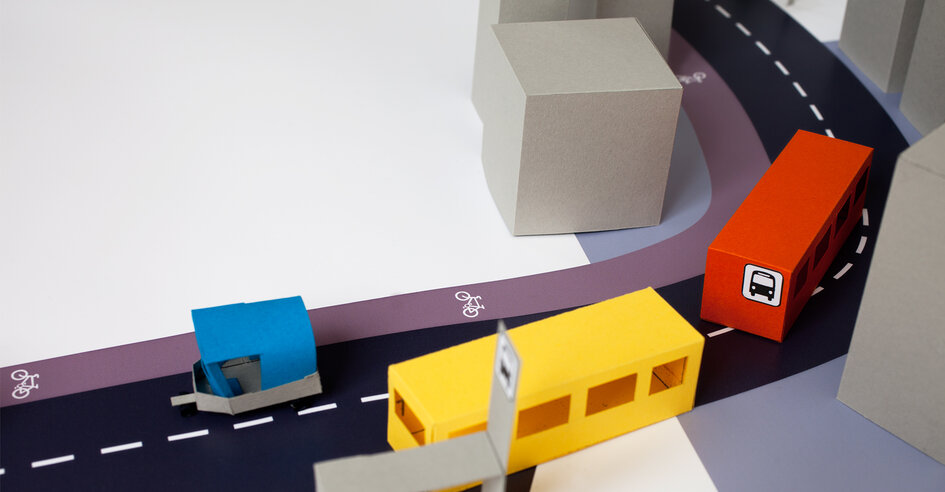
Check out Easst Academy – an online course for road safety managers
Developed by EASST in partnership with Cranfield University and IRU Academy, this course is delivered online through 10 video lectures led by industry experts. Real examples are used throughout with accompanying material to read as you go. Rather than dry academic learning – this course is blended with case studies, animation videos and quizzes.

Why Take This Course?
This course will give you the skills to deliver and sustain a robust road safety management strategy. Because safe fleet is in everyone’s interest.
Businesses that adopt a thorough approach to driver safety can benefit from reduced insurance, less damage to vehicles and goods, better staff retention and a significant reduction in working time lost through accidents.
Road safety management systems work. And they work everywhere.

The course is online meaning a huge flexibility in taking the time out to learn.
By the end of the course you will be able to:
- Evaluate your current position and set new targets
- Manage and assess driver behaviour
- Ensure the safety of fleet vehicles
- Identify necessary training and devise a programme
- Interpret financial data
- Understand how poor road safety affects profitability and reputation
- Make a business case for road safety
Benefits Of Online Course
![]() Learn on the move 24/7
Learn on the move 24/7
As it’s online, the course is available for you to access whenever you like, wherever you are. You can access the training on your laptop, smartphone or tablet 24/7 and even learn on the move.
![]() No geo-boundaries
No geo-boundaries
With this course there are no geographical boundaries. It brings industry expertise to you. Which means wherever you are in the world you can access one of the most comprehensive training and expertise.
![]() Save money
Save money
It’s also a lot less expensive than traditional classroom style training. You don’t have to take time off to do it. Learn at a time and a pace that suits you. The course is available for you right now!
Who Is It For?
Anyone with the responsibility for training, supervising and monitoring occupational drivers.
- Fleet and Compliance managers
- Transport, Health and Safety professionals
- Managers of all levels with an interest in workplace safety
- Employees looking to broaden their skills and enhance their CV

The course features a range of industry experts that walk you through the topics covered.
What Skills Will I Learn?
You know the importance of road safety but does everyone else in your workplace? As well as strengthening your logistical know-how, this course will help you develop the necessary leadership skills to communicate and implement your strategy effectively; whether it’s presenting a case for more investment to senior management, rolling out a new training programme or appointing key personnel.
























